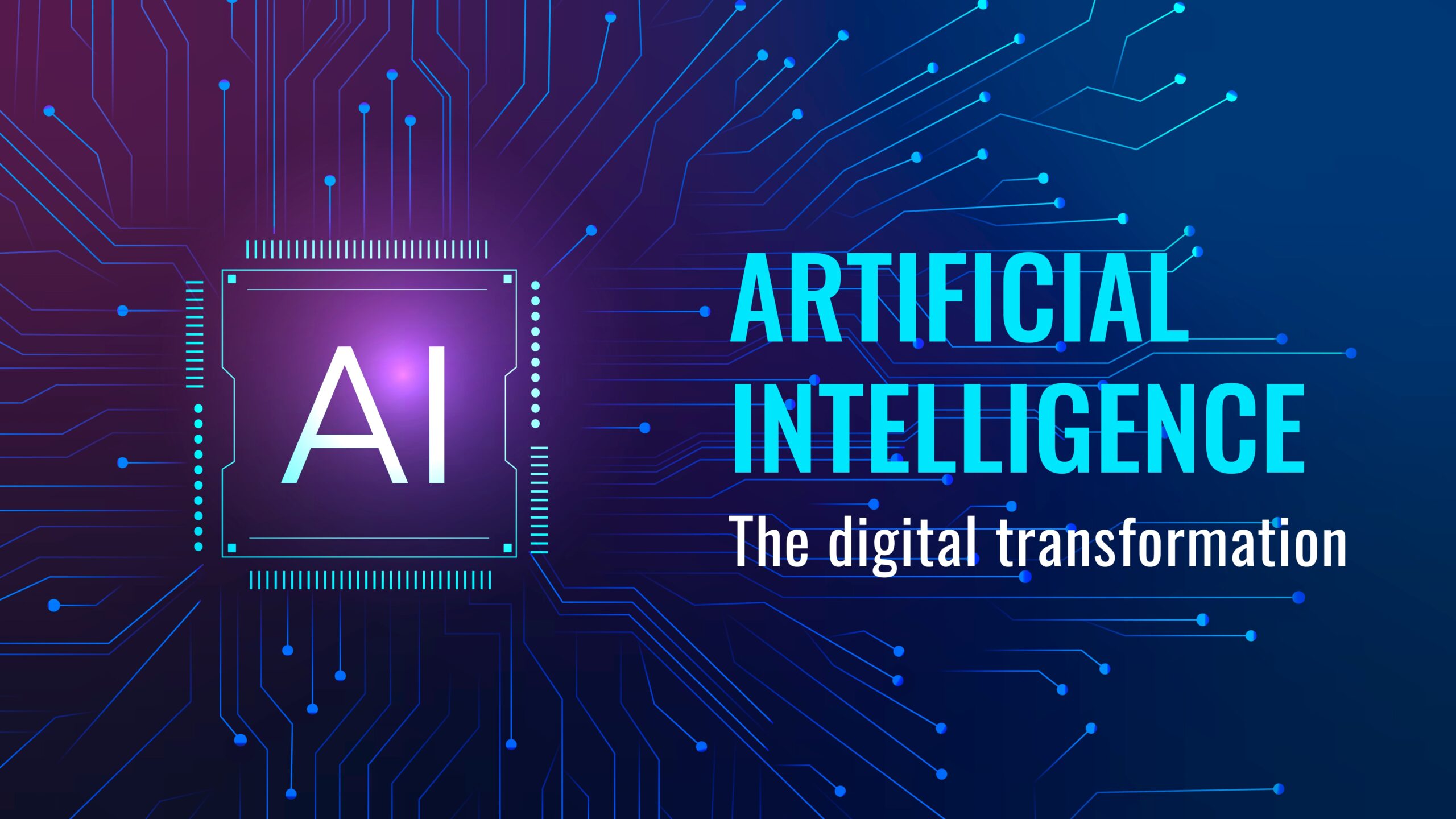Even while blockchain technology is still in its nascent stages today, it is finding increasing use in important industries outside of the realm of digital currencies. Through the upkeep of immutable distributed ledgers in thousands of nodes, blockchain is the primary technology utilised to produce the digital currency, Bitcoin. The 21st century will see a huge impact from this disruptive technology on institutional operations, company operations, education, and our daily lives. It has the power to alter the current Internet from “The Internet of Information Sharing” to “The Internet of Value Exchange.”
Blockchain technology is anticipated to fundamentally alter how business, industry, and education operate while also accelerating the worldwide transition to a knowledge-based economy. This ground-breaking technology has numerous potential uses because of its immutability, transparency, and integrity for all transactions carried out in a blockchain network.
The following structure illustrates a sample blockchain transaction flow. A peer-to-peer blockchain network is used by User A to start a transaction with User B. The network uses a cryptographic proof of identification (a set of public and private keys) to specifically identify users A and B. The transaction will then be published to the blockchain network’s memory pool while awaiting transaction validation and verification. Reaching consensus is the process of getting a predetermined number of approved nodes to create a new block. Following a consensus, a brand-new “block” is created across the entire blockchain network, and each node updates its individual copy of the blockchain ledger. All of the transactions that took place during this time are contained in this block.
Advantages of blockchain technology
Reliability: because blockchain networks are decentralised, the databases of all transaction records have changed from being closed, centralised ledgers maintained by a small number of recognised institutions to being open, distributed ledgers maintained by tens of thousands of nodes.
Trust: blockchain network also decentralises trust. With organised ledgers, blockchain networks serve as new trust bearers. A group of tamper-proof nodes form a network that shares these ledgers.
Security: the one-way hash function, a mathematical operation that transforms a variable-length input text into a fixed-length binary sequence, is used by the blockchain network. There is no obvious connection between the input and the output.
Efficiency: every piece of data is automatically put through pre-defined processes. Blockchain technology can therefore both dramatically lower labour costs and increase productivity. Blockchain technology may hasten the clearing and settlement of some financial transactions, resulting in a quicker and more effective reconciliation procedure.
Applications using blockchain technology
- Blockchain offers a number of advantages in the financial and banking sectors in terms of improved record-keeping, security, and transparency. It makes it the ideal option for banking needs like fraud protection, client onboarding, and anti-money laundering.
- By 2025, the worldwide blockchain market for healthcare is expected to reach $5.61 billion. Using blockchain technology could help resolve expensive and urgent issues in the healthcare sector. Such as inconsistent records, patient data loss or theft, banking information, and test results.
- Blockchain can be a great solution for the insurance industry and aid in the reduction of underwriting, the identification of fraud, and the enhancement of cyber insurance plans. By 2023, the global insurance blockchain industry might reach $1.39 billion.
- Businesses that spend a lot of money protecting themselves against breaches are also concerned about cyber security, not only SMEs. Blockchain system nodes automatically compare the data and warn any information that is falsified.
- Blockchain technology is being used in education by some colleges and institutions, and the majority of them do so to support academic degree management and assumptive evaluation for learning outcomes.
- Supply chain management can be challenging and involves a lot of data. Data storage using blockchain-based systems would guarantee quick access and strong security because altering the data would be impossible without reporting it as a result.










